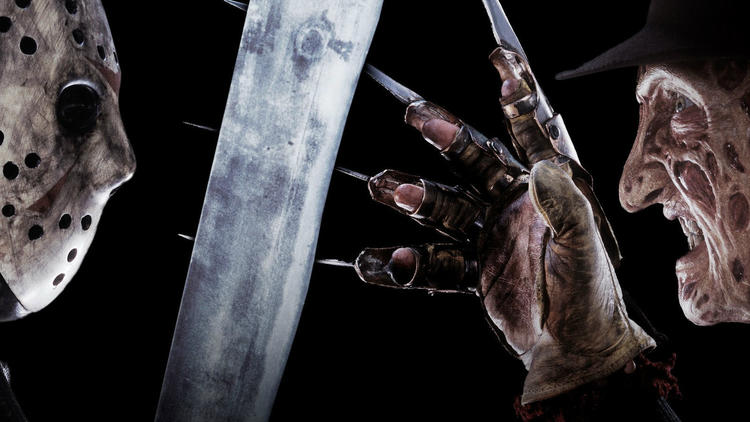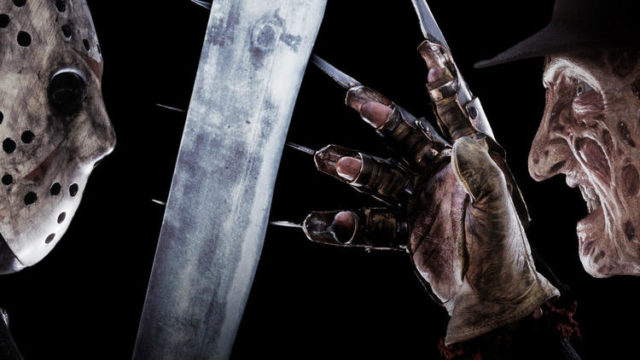Universal Studios’ annual attraction in Halloween Horror Nights reaches horrific new heights this year by bringing director Ryan Murphy’s groundbreaking horror anthology American Horror Story to life by way of a maze.
The intense show’s twisted and iconic scenes and memorable characters are just the tip of the torturing fright fest the haunted theme park currently has playing out for its Hollywood and Orlando destinations.
If living through iconic horror films with a live audience, as wickedly slick scareactors with big-budget aesthetics jolt the bejesus out of you is your thing, then the attractions Universal Studios has in store this season is the place to get your scare on.
John Murdy, creative director of Halloween Horror Nights at Universal Studios Hollywood, joined [a]listdaily to discuss how he’s unfolding disturbing and perverse storylines with his installments.
Mazes: American Horror Story, The Exorcist, The Texas Chainsaw Massacre, Krampus, Freddy vs. Jason, Halloween.
Attractions: The Walking Dead, The Purge, Terror Tram, a show by the hip-hop dance crew Jabbawockeez, as well as Universal Studios Hollywood mainstay rides in Transformers, Revenge of the Mummy, Jurassic Park and The Simpsons.
Halloween Horror Nights runs through Nov. 5 on select nights.
What are your goals and vision with the “Halloween Horror Nights” experience?
Going all the way back to the silent film era, Universal is the movie studio that invented the horror movie. For me, what becomes ideal is creating what I like to call ‘living horror movies,’ which is licensing some of the biggest properties in the world of horror like American Horror Story and The Walking Dead but also recent movies like Krampus and older ones like Texas Chainsaw Massacre and The Exorcist, which to me, is the scariest movie ever made. What we do is try to bring these to life for our guests with an approach as if we were making a movie. The sets, props, makeup, lighting, audio—everything. That’s always been the vision. And the reason we’re selling out virtually every single night is because the lineup is so strong. It’s the ultimate fans dream—or nightmare. It really represents the whole spectrum of horror.
How do you decide which properties, whether it be a movie of TV show, to work with? Which IPs offer the best creative freedom?
We license properties from every major studio. We’re so connected to the creative community of horror. It’s not about just going to a movie studio and ing ‘hey, we’d like to license this film.’ Often times we’re doing that with the director’s blessing. Or on the flip side having directors say ‘hey, I’d love for you to do my movie.’ These people also become our advocates. It makes the pitch process much easier. There’s nothing better than collaborating with the community. We’ve always had three things we look for: The first one we refer to as ‘awareness,’ meaning popularity. Is it a property horror fans know and like, and do they want to see it? The second is ‘environments.’ When you look at something like American Horror Story, every season of that show has a completely different story, time period and environment. So for us, it gives us a wealth of different things to choose from. And the third is ‘iconic characters.’ Being able to bring them to life with live performers is critical.
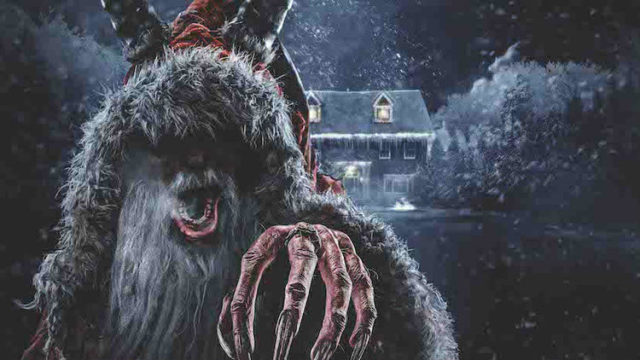
What is the process of writing, producing and shooting like? How are you reinventing and retooling storytelling each year? Where do you draw influence from?
I’ve been doing this since I was 10-years-old as a kid in my parents’ house, and entertaining the neighbors. So I have been doing this my whole life. For us, it’s a year-round thing. As the Halloween Horror Nights is going on right now, we’re already planning and taking meetings for next year with filmmakers and producers. There is an awful lot of research being done as well. I’ll request to go over all of the location photography and review thousands of pictures. Krampus, for example, had 32,000 pictures we went through. Then, an art director and I will start putting the maze together with Post-it notes. A treatment for the maze follows, which is usually around 100-pages long. If you multiply that with all of the mazes that we do, it’s like writing a novel. We also prey on all of the senses of our guests, which helps us break down the fourth wall and helps with storytelling. In addition to the narrative, there is a technical part, too, which is breaking down each scene and adding all of the layers. I would say it’s the equivalent of making about a half-dozen movies at once.
What’s one video game activation that you’d love to work on?
Several years ago we did Silent Hill, which of course also had movies, too. To date, that’s the only time we’ve ventured into video games. I thought that one was a perfect match for us. Though right now, I’m literally staring across my desk for a video game experience that we are considering for next year. A lot of times, people will come to us and ask ‘will you consider this?’ And that’s what we have right now.
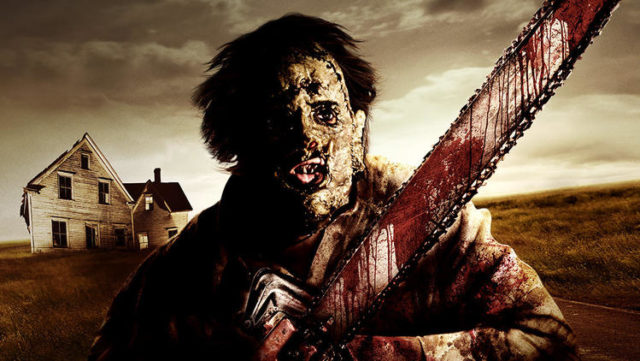
If fans have a choice between Six Flags, Knott’s Berry Farm and Disneyland, why should they choose Universal Studios?
Los Angeles is the most competitive market in the world for this kind of an event. People have a lot of choices, event with individual, stand-alone haunted houses, or elaborate home haunts for people who just do it for the love of it. What put us on the map was our vision to take these beloved horror properties and bring them to life. It feels like you’re living a movie. Another reason is Universal’s connection to the past. Our Terror Tram experience is our famous studio tour that drives through our historic back lot, but right now is the only time of the year that guests can hop off, walk through and see where all of these movies were made. The area features the Psycho House, the Bates Motel and the amazing plane crash from War of the Worlds. The extra connection to the iconic sets and environments hits home. Universal is the place where the American horror movie was born.
How do you engage and listen to your consumers?
Fans of horror movies are extremely passionate about the films that they like. What we’ve learned over the years is that you can’t go back by popular demand and do the same product. It always has to be new. We listen to our fans. We have a very faithful, rabid and obsessed community of fans for Halloween Horror Nights year after year. No matter how scary it is, they always want it scarier. They tend to push us and drive us to constantly improve it. But they also tell us what they want. I almost think of this year as a ‘fan appreciation’ year because we’re doing so many properties that they have requested over and over again. I’m at the park every night, and most guests will stop me just to say, ‘thank you.’
What is your marketing strategy to acquire new fans?
Honestly, it’s old-fashioned word of mouth, plus a little bit of social media. When you ask our fans who are attending for the first time, it’s almost always ‘a friend told me it was really cool.’ Our fans become our advocates, and that community spreads the word. Properties like American Horror Story fuel a lot of it, too. We’re very lucky to have fans that are extensions of our marketing department. It’s a very cool thing.
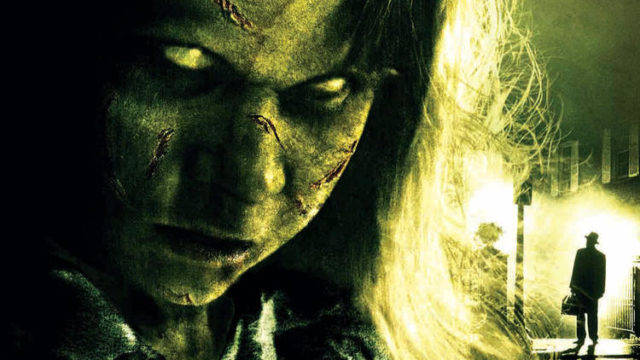
How important is this yearly activation for the entire Universal Parks & Resorts brand?
Horror doesn’t get the love that other [film categories] get. It’s always been in the shadows of Hollywood. It’s one of the most profitable forms of filmmaking, but it’s never really gotten the respect—like being nominated for Best Picture. We do Halloween Horror Nights all over the world now in our parks. When you think of Halloween, it’s historically a very American holiday. When I was a kid, people in Europe didn’t celebrate Halloween. The whole brand of Halloween has grown so much. Now, there are Halloween tourists during this season. Hollywood is a movie industry town. Our focus is very much on branded-horrors and bringing iconic movies to life.
What’s the biggest thing you’ve learned over the years? How has Halloween Horror Nights evolved?
One of the things I’ve learned is to really study psychology because our job is to scare the daylights out of our guests. That’s what they come here for. It’s a very intense experience. You learn effective ways of scaring people, and sometimes it’s just mathematical. You realize that a performer coming at you from your peripheral vision is scarier than if they are right in front of you. I train every single one of the performers—or scareactors, as we like to call them—for Halloween Horror Nights. It’s a new show every 10 seconds for them because a new audience comes in. You have to approach it from the mental discipline of a marathon athlete. There is 28 nights, and each performer will do their act 60,000 times. If all of the performers are on the same page, it really makes for a really great product.
Follow Manouk Akopyan on Twitter @Manouk_Akopyan
